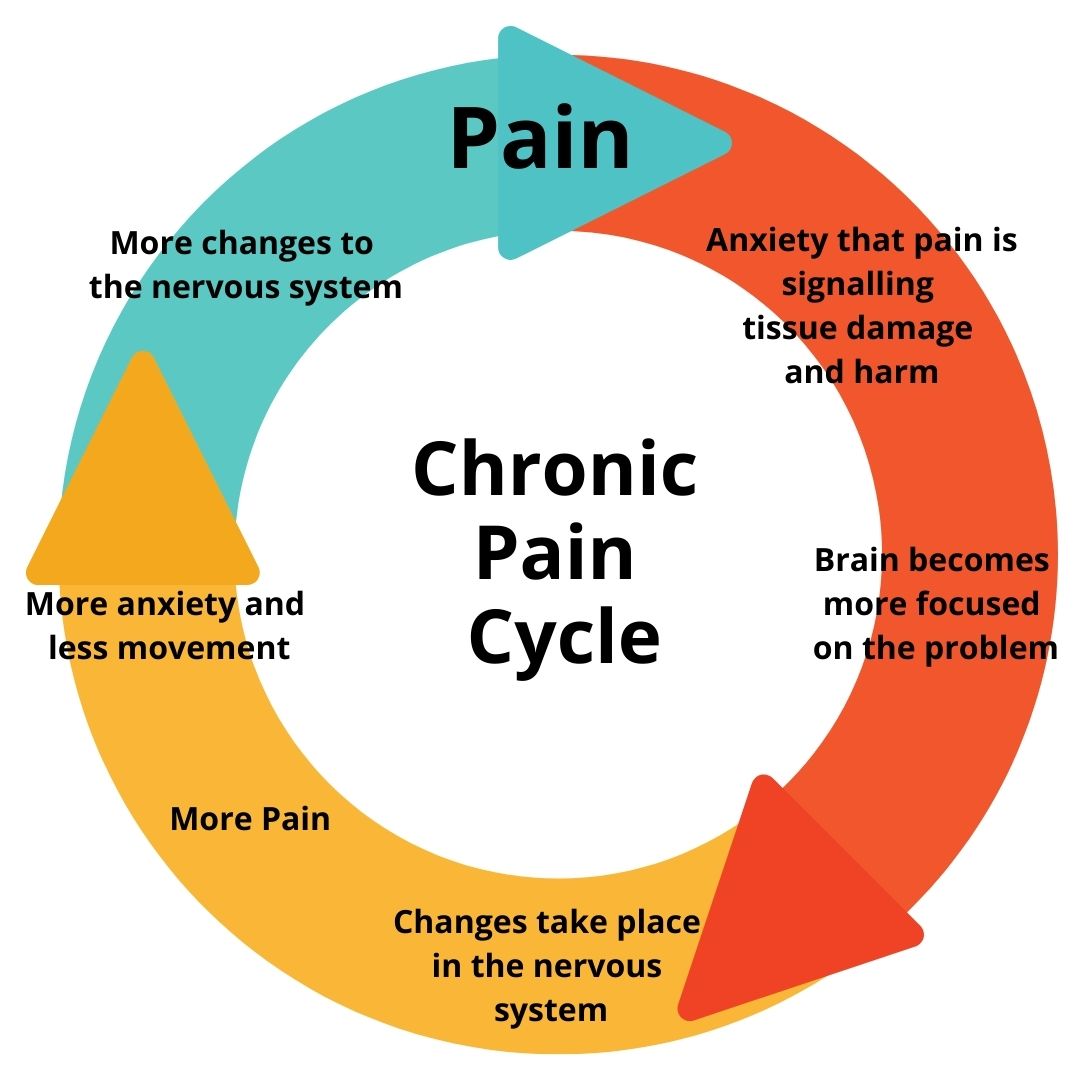Have you seen multiple health care practitioners but feel no better?
Have you spent hundreds of dollars to really not get anywhere?
Are you feeling lost and disheartened with your progress?
We see people just like you in our clinics fairly regularly. Quite often you have had pain/an issue for quite some time and have tried various different therapies with no avail. There is a vast array of reasons as to why this presentation happens but we are going to go over the most common ones to consider in this blog. Despite the reason behind why this has happened we can empathise that this is not a nice situation to be in and we really do all we can to get to the bottom of your issue.

Firstly, by the time people with this story come in to our clinic they usually have chronic pain or some kind of chronic dysfunction. “Chronic” can sound like a scary word but know that it is a way we categorise things. Acute conditions usually come on quickly and are resolved within < 6 months. Chronic conditions may come on quickly or more slowly but the main feature is that they persist for longer than 6 months. Knowing how long you have had a condition is important information for us to know as it may influence some of our thinking, education we provide you and treatment choices. More on that soon!
Let’s now explore the reasons why these presentations happen.
- Incorrect Diagnosis or Treatment
In some situations you may have received a diagnosis and subsequent treatment and that treatment hasn’t helped. One of the first things we double check is do we agree with the diagnosis by doing our own assessment. If we do agree we then look at what treatment you have had and whether we think something is missing. Should we fail to come to a conclusive diagnosis we may ask you to return to the GP for further work up. This may include blood tests, imaging or referral to a specialist. If we disagree with the diagnosis and believe there is a different type of treatment that needs to be provided we would discuss this with you. In this situation we would advise on our reasonable expectations for recovery and set goals with you that you wish to achieve. This ensures we are working towards what you want to achieve over a time frame that we help to determine as being reasonable.
- Therapist Shopping
This is a term sometimes used in healthcare to describe people who have had 1 session with multiple providers. We have no issue with patients seeking a second opinion or alternative treatments. It is your body and your choice at the end of the day. The problem with only having one session and moving on however is that you havn’t stuck to a treatment plan with anyone to know what is and isn’t going to work for you. Coming back to the chronic pain discussion above, if you have had pain for > 6 months, it is not going to go away in 2 weeks. We know that strengthening, in particular, takes time so you need to stick with one thing for 6-8 weeks at least to see if it is actually helping you. In the first session of treatment, there is only so much we can do and almost all rehab plans are designed to be progressive. This means we might need to do some foundational work and see how you tolerate it before we can really get into harder exercises.
Additionally, if you are seeing multiple providers in a very short space of time and you do get better (or heaven forbid worse) you have no idea what is making you better or worse. We often say to our clients in these situations we don’t mind who you see but don’t mix treatments together so we can figure out what is helping and what is not. Same thing applies within the one provider, if we assess you then do some massage work, dry needling, cupping, multiple stretches and multiple strengthening exercises all in the first session then we have no idea what is helping. The take home message here, is find someone you like and who you trust, follow their recommendations diligently for at least a month before moving on.

- Chronic Pain is Complex
Another important consideration is that treating chronic pain can at times be very complex. It is one thing to have pain for > 6 months but it is an entirely different ball game when you add in financial/family/work stress, mental health issues, juggling life in general. All of these physical and psychological stressors can play into your pain presentation and heighten your nervous system. There are alot of changes that occur in the brain and nervous system once someone has had pain for a while. Imagine you have had low back pain for the past 15 years. You are going to be moving differently, adopt strategies to avoid movements that you feel trigger your pain, perhaps avoid certain things all together. We cannot undo 15 years of habits in a couple of weeks.
We also know that tissue sensitivity in the area of chronic pain becomes heightened. Your finger tips and lips are highly sensitive and should be able to feel lots of different surfaces with good discrimination. Your back however should not be as sensitive as your lips. Once you have chronic pain your tissue can become alot more sensitive and this increases the pain response in the area. As a consequence, you may experience a heightened pain response in comparison to someone who has not had chronic pain. Over time this can drive a chronic pain cycle.
 \
\
- Poor Treatment Compliance
A good health care practitioner should be able to present to you a plan for your treatment. This plan should be progressive and working towards your goals. This plan should list your exercises, advise how frequently you should be coming in for treatment, what you should and should not be doing at home and your reassessment time points. If you are frequently skipping sessions and going more time between treatment than recommended then this can affect your outcome. Likewise, if you have been prescribed exercises to complete each day at home and you are only doing them 1-2 times per week then this can affect your outcome too. It is important to be honest with your healthcare provider as to whether you are compliant or not as this can influence our recommendations.
Pain is often a good motivator for people to do their exercises and attend their appointments but not always. We often see patients who have high levels of pain but don’t commit to doing their homework. This is a challenging situation as there is conflict between your desired outcome and your actions. This is like saying I want to lose weight but I still want to eat more calories than I burn. There is a mismatch there between your goals and your actions.

- It’s Not a Musculoskeletal Issue
Seeing as we are physiotherapists I am only going to talk about this with reference to the musculoskeletal system. In most everyday circumstances back pain is just that, pain coming from a musculoskeletal origin. In other situations, there may be something else driving your pain such as a systemic issue. Systemic issues may include autoimmune, inflammatory or organ related conditions to name a few. Typically speaking, for your pain to be coming from the musculoskeletal system you will usually have pain that is provoked by movement or postures. We should be able to reproduce your pain by pushing on certain structures or performing certain movements. If we are unable to mechanically provoke your pain we may become concerned that there is a non musculoskeletal driver to your issue. If we suspect this we would refer you back to your GP for further testing.
If you are struggling with a musculoskeletal issue that has been persistent for a long period of time reach out to our team for assistance. Our friendly physio’s will be able to guide you on what the next steps are and how to get to the bottom of your problem. You can contact our Carlingford clinic on 9871 2022 or Kellyville 9672 6752.

